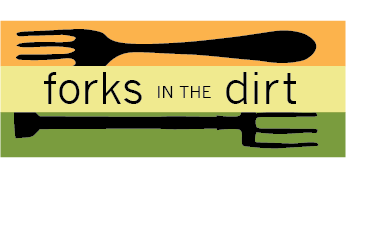**Updated 3/30/2025 with current links**

Turnip Rock Farm’s very own Farmer Josh
CSA’s (Community Supported Agriculture) have been around for in some form or another since the mid 1980’s- which first struck me as a much shorter history than I’d imagined. But, then I realized that the CSA idea came about jointly from both Farmers and consumers looking for new ways to grow good food- and eat good food.
This was one way to make a concrete change in how those consumers ate, and who grew their food. The basic idea of a CSA is that farmers get the purchase price up front to help cover costs of the upcoming farming season. With farmers knowing that they have that money, they are able to move forward with confidence, and maybe without a bank breathing down their necks…

Half Share from 2017, Photo Credit: Big River Farms
The rewards for a member of a CSA are manyfold; fresh in-season produce boxed up and ready to go weekly at a pick up location of your choice, often with a newsletter or recipe ideas included. As I see it, the biggest reward is building a relationship with a farmer.
My husband and I purchased our first CSA back about nine years ago to get fresh, locally grown produce while I was still working full time. It is kind of funny that I can’t remember the name of the farm, but I do remember I picked up my weekly boxes from one of the quaint little shops (The Nest) in downtown White Bear Lake. I never met the farmer, and there was never an invite from the farmer to do so.

CSAs give you a few of everything each week, instead of everything all at once! Photo Credit, Costa Farm
Things have changed, on both the farmer and the consumer sides. Farmers are being more proactive in forging relationships, and consumers are looking for more than good food grown cheap- more and more, the people buying CSAs are doing it for a chance to connect to a farm, a farmer, a piece of land…and to benefit from the GOOD food these farmers provide.
Now that the CSA idea has had time to take root- it has also branched out in a few different directions. For this article, I’ve chosen a few local farms that represent the wide variety of options available to those of us lucky enough to live around the Twin Cities. Each of the following farms has a unique twist to them, showing again there’s so many ways to grow good food!
I would absolutely recommend any of the farms covered- but I’d also urge you to do your own research too, there are more and more (yay!) CSAs popping up every year. Currently, according the powerful MNGrown CSA search engine there are 86 CSAs in Minnesota. Use these ‘case studies’ as a launch pad to get yourself thinking what you want out of a CSA… Continue reading


















